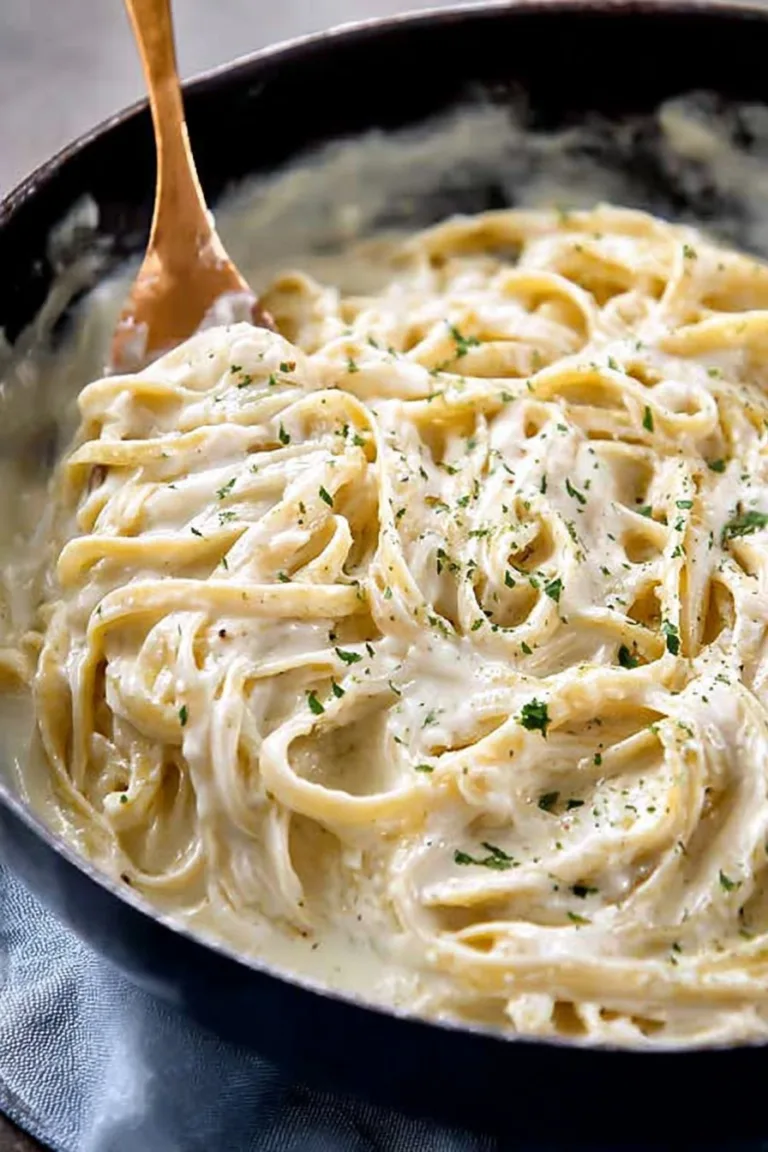Let Me Tell You About My Lemon Chicken Orzo Soup Fixation
You know those dishes you end up making again and again, even when you swore you’d branch out? Well, Lemon Chicken Orzo Soup is that one for me. I started making it way back in college because, frankly, I was broke and chicken thighs were on sale every other week. Now, it’s my go-to whenever someone in the house sniffles (or when it’s raining sideways, which, in my corner of the world, is more often than I’d like). The first time, I completely forgot the lemon, and my roommate was too polite to say anything, but I could tell—she knew. These days, I double up on the lemon just to make up for it. Anyway, if you’re looking for comfort in a bowl, or just an excuse to buy those tiny pasta shapes, keep reading.
Why This Soup? (Or, Why My Family Begs For It)
I make this when everyone’s tired or feeling meh because it’s basically edible sunshine. My family goes a bit nuts for it, mostly because the lemon wakes everything up, and you don’t need any fancy ingredients (unless you’re feeling extra). Sometimes, I add leafy greens and pretend it’s super healthy. On a cold night, or when I’m too lazy for a full roast, this is what I reach for. The only thing that annoyed me early on was orzo sticking to the pot—until I started stirring every so often (learned the hard way, let’s not talk about that one burnt batch).
Ingredients (With My Usual Swaps & Shortcuts)
- 2 tablespoons olive oil (or a knob of butter, honestly, both work)
- 1 medium onion, chopped (red or white, I’m not precious about it—shallots if you’re feeling posh)
- 2-3 garlic cloves, minced (sometimes I use the jar stuff if I’m in a rush, don’t tell my aunt)
- 2 carrots, diced (or a handful of baby carrots, chopped—because who has time for peeling?)
- 2 celery stalks, diced (skip if you hate it, just add more carrot)
- 1 pound chicken thighs (or breasts, but thighs stay juicier; rotisserie chicken works if you’re running late)
- 6 cups chicken broth (I like homemade, but the boxed stuff is just fine—my grandmother always insisted on Swanson, but honestly any version works fine)
- 3/4 cup orzo pasta (sometimes I go rogue and use small shells)
- Juice and zest of 2 lemons (I started with one, but trust me—double up if you love lemon like me)
- Salt & pepper (to taste; I just eyeball it)
- Fresh dill or parsley, chopped (optional, but I love dill a little too much)
How I Actually Make It (With All The Imperfect Details)
- Heat the olive oil in your biggest pot over medium heat. Throw in the onion, carrot, and celery. Give it a stir, let it soften for about 5 minutes—if you forget and let it go a bit brown, that’s fine, it just gets sweeter.
- Toss in the garlic. Stir for about 60 seconds. (This is where my mind always wanders—just don’t let it burn. Burnt garlic is… not great.)
- Add the chicken. If it’s raw, let it brown a bit, about 2-3 minutes per side. Rotisserie skips this step. Don’t worry if there’s some browning on the bottom. Scrapey bits = flavor.
- Pour in the broth. Bring to a gentle boil, then lower the heat so it simmers. Stick a lid half-on. Let it go for about 20 minutes, or until the chicken is cooked through. (This is when I usually sneak a taste and adjust the seasoning.)
- Take the chicken out, shred it with two forks (or your hands, but let it cool, trust me). Return it to the pot.
- Stir in the orzo. Let it simmer for about 8-10 minutes, stirring once or twice (orzo loves to stick, the cheeky stuff).
- Add the lemon juice and zest. Taste. Add more lemon if you want—there’s no such thing as too much, in my opinion.
- Stir in the dill or parsley if you’re using it, plus salt & pepper to taste. If you like it extra brothy, splash in a bit more water or broth.
- Sit back and admire your handiwork. Ladle into bowls and serve before someone else snags the biggest portion.
Notes, AKA What I Learned The Hard Way
- If you add the orzo and then let the soup sit, it’ll soak up all the broth and turn into a thick porridge. Not a disaster, but I kind of like it soupier. Add more broth or water if it gets too thick.
- Don’t skimp on the lemon. The first time I made this, I only used half a lemon (I was scared). Nah, go big.
- Orzo brands honestly don’t matter. I’ve used store-brand, fancy Italian, and even the tiny soup stars. All good.
Soup Experiments That (Mostly) Worked
- Spinach: Stir in a couple handfuls at the end. Looks fancy and adds a veggie hit.
- Egg-lemon trick (like avgolemono): I tried whisking in an egg and lemon mixture for creaminess. Not gonna lie, I scrambled it the first time, but when it works, it’s lush. This Serious Eats guide helped me figure it out.
- Rice instead of orzo: Did this once when I was out of pasta. Worked okay, but I prefer the texture of orzo—it just feels right. Couscous, on the other hand, turned weirdly mushy (not my best idea).
Do You Really Need Special Equipment?
Big pot is best, but I’ve made this in a Dutch oven, and once, in a wide sauté pan (don’t ask). If you don’t have a zester, a box grater or a regular knife does the trick. For shredding chicken, forks or even clean fingers work. My friend swears by her slow cooker for this—find her method here—but I’ve always done it stovetop.

How To Store (But It Might Not Last That Long)
In theory, this keeps in the fridge for up to 3 days. But, honestly, in my house it never lasts more than a day! If you do have leftovers, add a splash of broth or water to loosen it up when reheating, since the orzo soaks up liquid like a sponge.
How We Serve It (Family Quirks Included)
We eat this with crusty bread for dunking—my cousin once used garlic bread (not traditional, but wow). Sometimes I put out extra lemon wedges, and if it’s really cold, I top mine with a little grated parmesan (not sure if that’s sacrilege, but it’s delicious). My aunt likes it with a sprinkle of chili flakes. To each their own, right?
Pro Tips, AKA My Soup Sins And Regrets
- I once tried rushing the chicken—pulled it out early, and it was somehow both chewy and bland. Don’t do it! Give it time.
- Pre-cooked orzo? Eh, it just gets mushy. Cook it right in the soup—messy but worth it.
- Actually, I find it works better if you zest the lemons before juicing (learned that with sticky fingers one winter night).
FAQ: Questions My Friends Actually Asked Me
- Can I use rotisserie chicken? Oh, definitely. Shred it and toss it in after the veggies are soft.
- How do I make it vegetarian? Swap chicken for chickpeas and use veggie broth. Done. Maybe add some extra greens.
- Is orzo gluten-free? Nope, but you can totally use gluten-free pasta, or even rice. It turns out a bit different, but still tasty!
- Can I freeze it? Sort of. The orzo goes a bit soft, but if that doesn’t bother you, go for it. I don’t usually have enough left to try.
- What if I don’t have fresh dill? Dried works in a pinch, or just skip it. Actually, parsley is great too—don’t stress.
If you want more easy, warming soup ideas, I always browse Simply Recipes for inspiration. And if you try a wacky twist on this, let me know. I love stealing… I mean, learning from other cooks’ experiments.
Alright, better stop before I ramble on about my obsession with soup spoons vs. regular spoons. (But seriously, why do we even have both?) Enjoy, mate!
Ingredients
- 2 tablespoons olive oil
- 1 pound boneless, skinless chicken breasts, diced
- 1 small onion, diced
- 2 carrots, sliced
- 2 celery stalks, sliced
- 4 cups chicken broth
- 3/4 cup orzo pasta
- 1 lemon, juiced and zested
- 2 cloves garlic, minced
- 1 teaspoon dried oregano
- Salt and pepper to taste
- 2 tablespoons fresh parsley, chopped
Instructions
-
1Heat olive oil in a large pot over medium heat. Add diced chicken and cook until lightly browned, about 5 minutes.
-
2Add onion, carrots, celery, and garlic to the pot. Sauté for 4-5 minutes until vegetables begin to soften.
-
3Pour in chicken broth and bring to a boil. Stir in orzo, oregano, salt, and pepper.
-
4Reduce heat and simmer for 12-15 minutes, or until orzo and vegetables are tender.
-
5Stir in lemon juice, lemon zest, and fresh parsley. Adjust seasoning to taste and serve hot.
Approximate Information for One Serving
Nutrition Disclaimers
Number of total servings shown is approximate. Actual number of servings will depend on your preferred portion sizes.
Nutritional values shown are general guidelines and reflect information for 1 serving using the ingredients listed, not including any optional ingredients. Actual macros may vary slightly depending on specific brands and types of ingredients used.
To determine the weight of one serving, prepare the recipe as instructed. Weigh the finished recipe, then divide the weight of the finished recipe (not including the weight of the container the food is in) by the desired number of servings. Result will be the weight of one serving.
Did you make this recipe?
Please consider Pinning it!!








